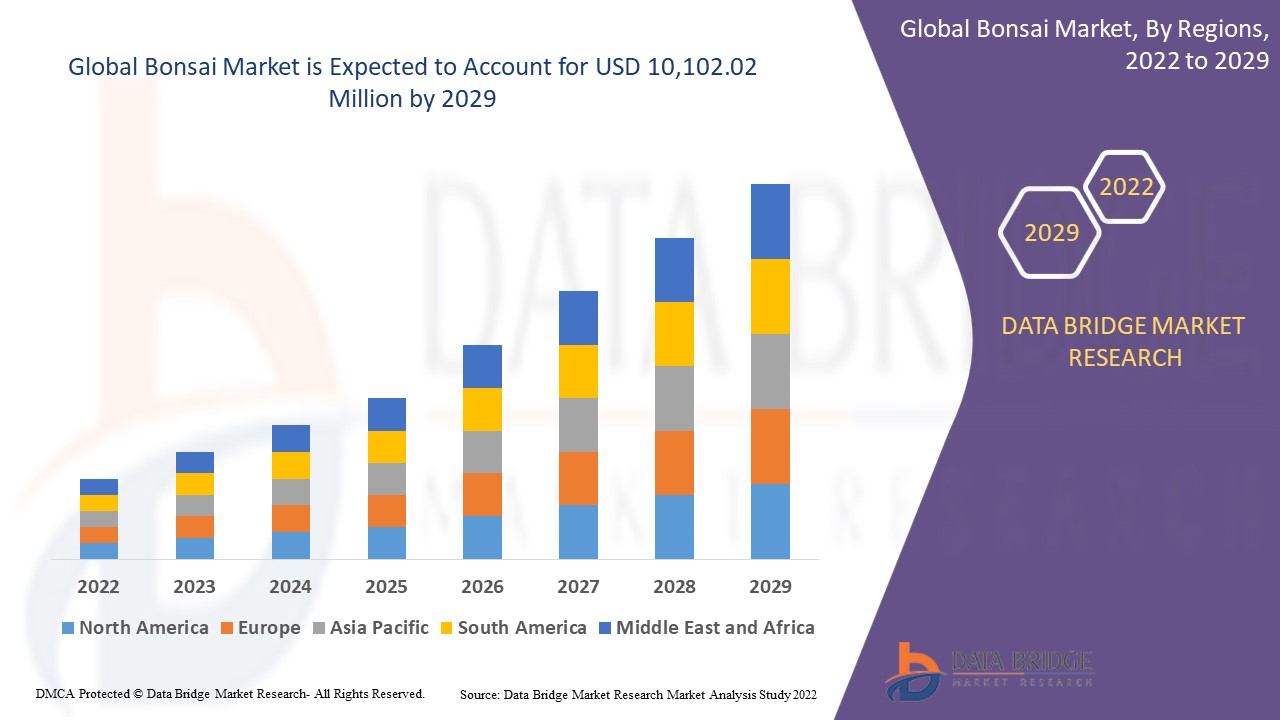

It is pleasing to see that Parliament has given the green light for the EE Amendment Bill to proceed. The question, therefore, remains: what is holding back the private sector from reaching a critical mass of black people in management? The report also exposes that whites and Indians are geared up for promotion, recruitment, and training more than black Africans. The current numbers for the private sector according to the 21st Employment Equity Commission Report are as follows: junior management -54.5%, middle management -31.4%, senior management -18%, and top management -12.7%. The BMF had the following targets for reaching critical mass of black managers: junior management -50%, middle management -40%, senior management -30%, executive directors 20%, and non-executives at 30%. The BMF targeted established corporates as primary candidates for transformation and black people as secondary beneficiaries of transformation.

The model also focuses on the economic system to develop management capacity, focus on skills development and unearth the prevailing organisational cultures that were characterised by racism, underdevelopment, tokenism and blatant discrimination. The Basotho hat model, which uses the Patterson grading system, envisaged clear targets that would afford the economic system to reach critical mass. Embedded in the Basotho hat model of 1993 lies the notion of developing black management and advocating for its upward mobility. In the early 1999s the Black Management Forum (BMF) developed a model that would guide the thinking about the critical mass. These discrepancies need speedy attention, for it derails the agenda of reaching critical mass ownership. Discrepancies remain in reporting accurate black ownership in annual reports and B-BBEE Certificates. As reflected upon by economist Duma Gqubule, there is a lot of side-stepping in measuring true transformation and companies today have found ways on passing the broad-based black economic empowerment (B-BBEE) exam easily. The tenets of transformation have been left in the realm of persuasion and engagement but have not significantly moved into the arena of punitive measures. Finance as the biggest industry needs to play a greater role in leading the efforts of creating a critical mass of black ownership and black management control. These levers tell an interesting story of how the economy is actually structured from a GDP perspective. Take a closer look at the levers of GDP: finance -24%, personal services -17%, trade -13%, manufacturing -13%, government -9%, mining -8%, transport -7%, electricity, gas and water -3%, agriculture -3% and construction -3%. Not reaching critical mass at all levels will harm all efforts to resuscitate the dilapidating economy. When we pay attention to the damage caused by both colonialism and apartheid, which succeeded in their mandate to desecrate black people, a critical mass of black people is needed in every sphere of economic activity to unleash the potential of the country. We are therefore asking the question, what is a critical mass? And why is it important in our macro and micro environments?Ī critical mass in simple terms is the minimum size or amount needed to propel a process or system forward, without any further intervention. Applying Biyela’s boldness to confront the King for devastating the land through protracted mourning and devastating the local economy, the South African socio-economic environment needs a “Biyela” moment of confrontation. He asked the King: will the people die because of the death of the nation's parent? After months of growing drought and suffering in the nation, a bold man from the clan of Biyela decided to engage the King about the developing situation on the ground. When King Shaka’s mother Queen Nandi passed away he instructed the nation to mourn per the Zulu custom, but he included the inactivity of the local economy.


 0 kommentar(er)
0 kommentar(er)
